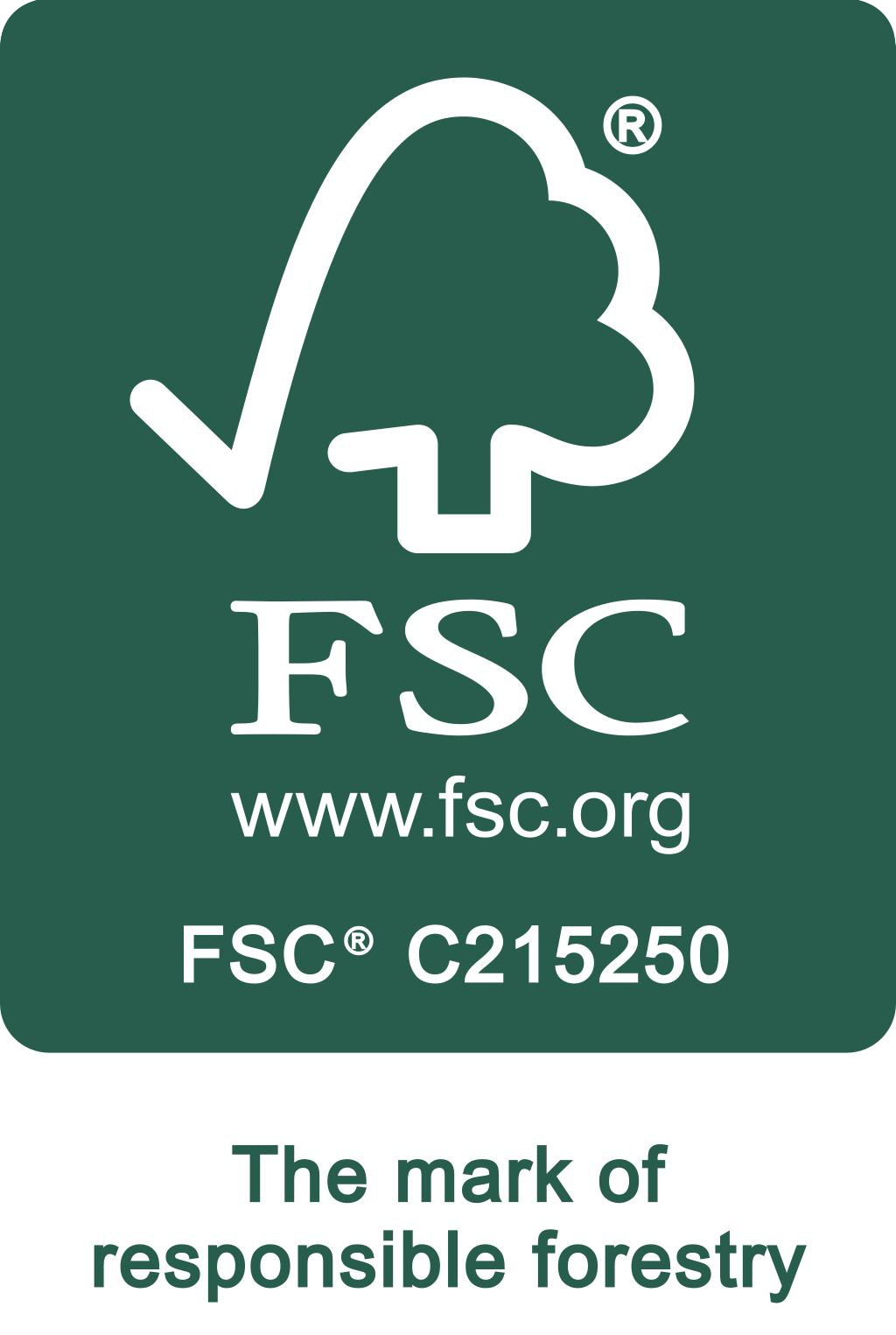
 Release Date:2025-04-14
Release Date:2025-04-14The common types of base paper used for corrugated cardboard boxes include cardboard, hanging paper, kraft paper, tea board paper, whiteboard paper, and single-sided coated whiteboard paper. Due to differences in the materials and papermaking processes used for each type of base paper, there are significant variations in the physical and chemical properties, surface properties, and printability of the aforementioned base papers. Below, we will discuss the problems caused by the ink printing process on corrugated cardboard using the above-mentioned paper products.
1、 Problems caused by low grammage base paper
When using low grammage base paper to make corrugated cardboard surface paper, there may be a problem of exposed corrugated marks on the surface of the corrugated cardboard. It is easy to cause wrinkles and inability to print the required graphic and textual content in the low concave areas of the wrinkles. To address the unevenness of the corrugated cardboard surface caused by exposed wrinkles, a flexible resin plate with good resilience should be selected as the printing plate to overcome the defects of unclear printing and exposed substrate. Especially for A-type corrugated cardboard produced from low grammage paper, the flat compression strength of the corrugated cardboard will be greatly damaged when printed by a printing machine. In addition, the edge compression strength of the corrugated cardboard will also be greatly damaged after passing through printing rollers and embossing rollers.
If the surface strength of corrugated cardboard varies too much, it is also easy to cause the corrugated cardboard produced by the corrugated cardboard production line to warp. Warped cardboard can cause inaccurate overprinting and printing groove deviation, so it should be flattened before printing. Forcefully printing uneven corrugated cardboard can easily cause deviation from the standard. It can also cause a decrease in the thickness of corrugated cardboard.
2、 Problems caused by different surface roughness of base paper
Printing on rough and loosely structured base paper results in high ink permeability and fast ink drying, while printing on paper with high surface smoothness and dense fibers results in slow ink drying. Therefore, on rougher paper, the amount of ink applied should be increased, and on paper with a smooth surface, the amount of ink applied should be reduced. Printing ink on paper without glue dries quickly, while printing ink on paper with glue dries slowly, but the reproducibility of the printed pattern is good. Coated whiteboard paper has lower ink absorption than box board paper and tea board paper, slower ink drying, and higher smoothness than box board paper, hanging paper, and tea board paper. Therefore, the resolution of printing small dots on it is also higher, and the reproducibility of its patterns is better than hanging paper, box board paper, and tea board paper.
3、 Problems caused by differences in the absorption of raw paper
Due to differences in papermaking raw materials and differences in base paper sizing, calendering, and coating, there are differences in absorption energy. For example, when laminating on single-sided coated whiteboard paper and kraft paper, the ink drying speed is slower due to low absorption performance. Therefore, the concentration of the previous ink should be reduced and the viscosity of the subsequent ink should be increased. And place the lines, text, and small patterns in the first color for printing, and place the full plate solid in the last color for printing, which can improve the stacking effect. In addition, place the darker colors in the front for printing and the lighter colors in the back for printing, which can cover the overprinting error. Because dark colors have strong coverage, it is conducive to overprinting standards, while light colors have weak coverage, and even if there is a deviation from the standard when printed in the back, it is not easy to observe.
The different adhesive conditions on the surface of the base paper can also affect the absorption of ink stains. Paper with a small amount of glue absorbs more ink, while paper with a large amount of glue absorbs less ink. Therefore, the gap between each ink roller should be adjusted according to the glue state of the paper, that is, the gap between each ink roller should be reduced to control the ink amount of the printing plate. From this, it can be seen that the absorption performance of the raw paper should be tested when it enters the factory, and a set of absorption performance parameters of the raw paper should be provided to the printing slotting machine and ink dispensing personnel, so that they can adjust the ink dispensing and equipment accordingly. Adjust the viscosity and pH value of the ink according to the absorption state of different base papers.

Guangdong Regge Paper Industry Co., Ltd
Address: Building 5, No.1 Hengtian Road, Tangxia Town, Dongguan City
Contact: Manager Li
Mobile phone: 13682538428
Phone: 0769-82960090
Email: szrcy@126.com

